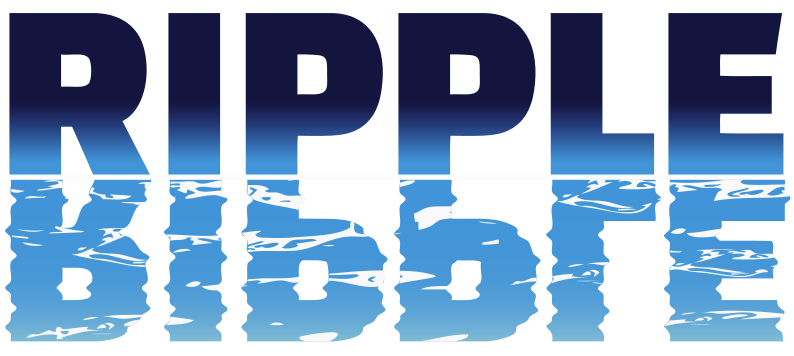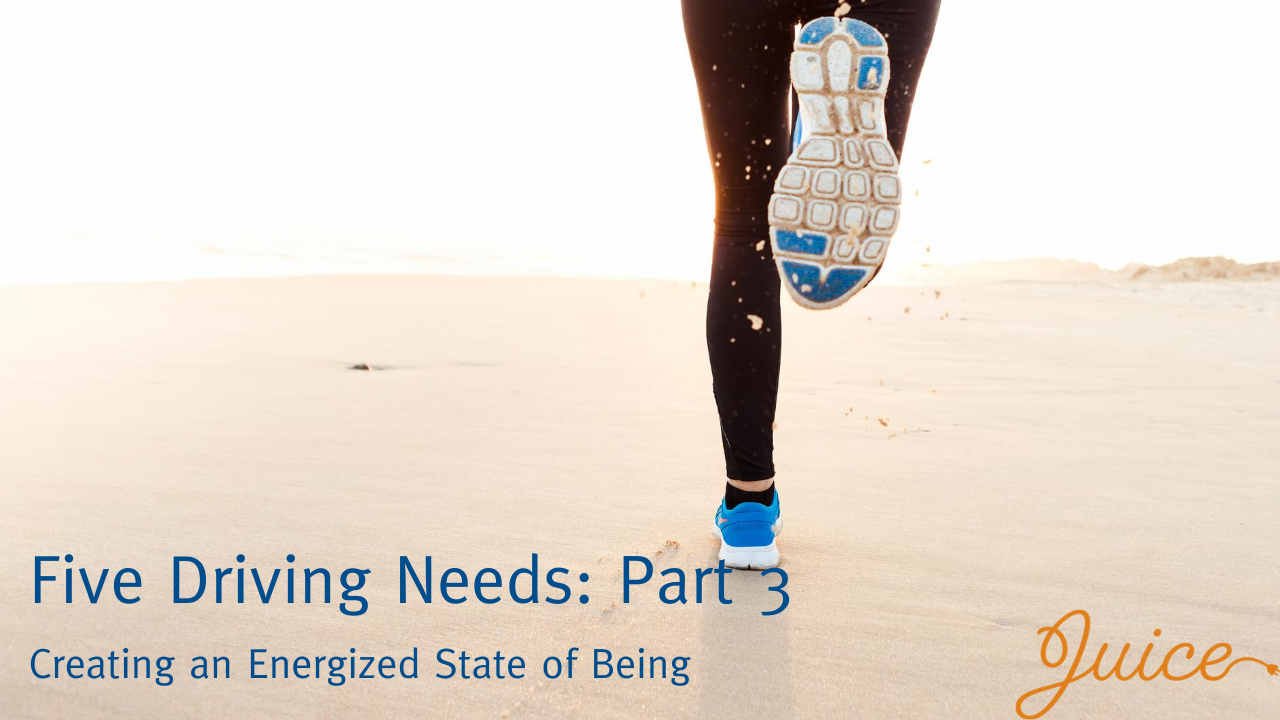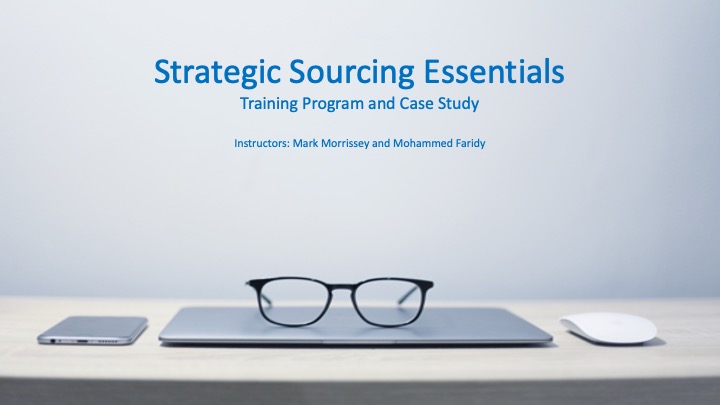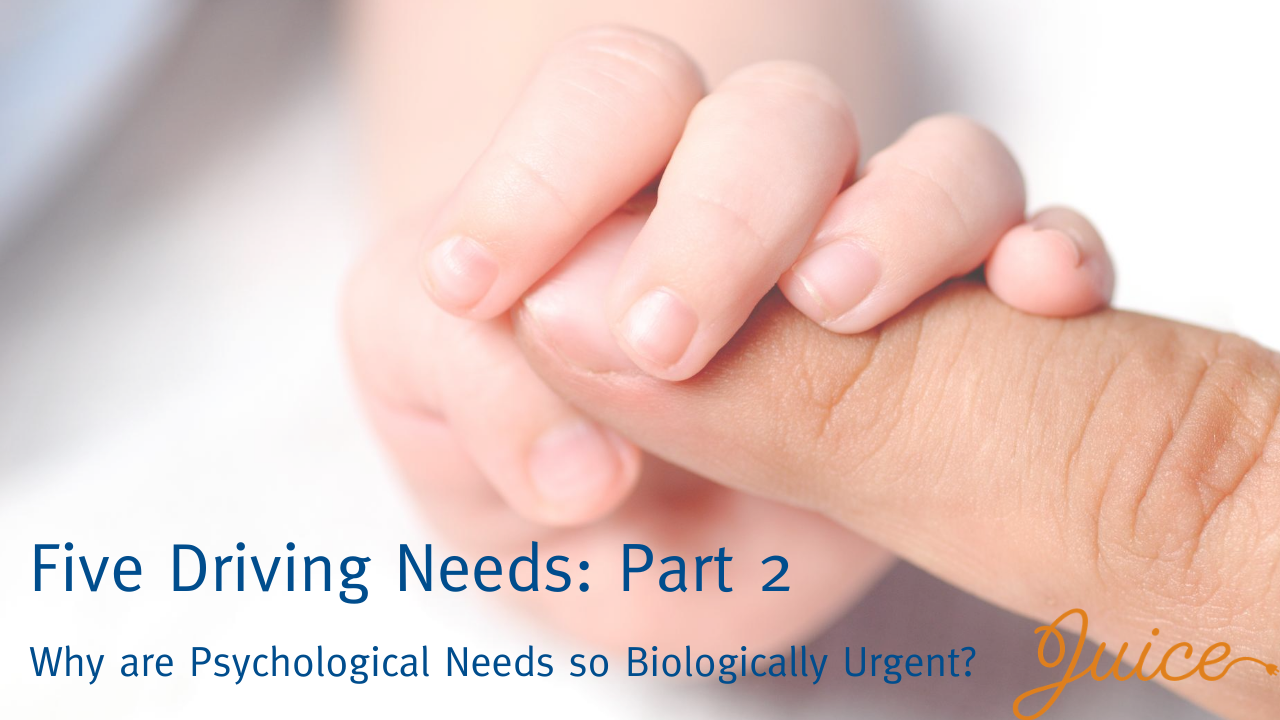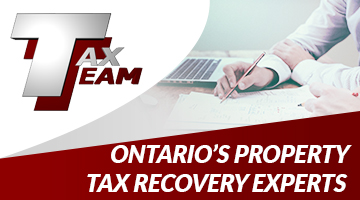I don’t like going to the doctor’s office. Part of the reason is because my doctor also happens to be a good friend of mine and I already see him enough on the golf course, squash courts and playing pick-up hockey
But I mostly avoid doctors visits because I hate being poked and prodded. So to make my doctor’s visits as quick and painless as possible, when I do have to go see him I give him as much context as I can about the reason for my visit. This gets him to focus on my problem and limits the amount poking and prodding
I also don’t like getting poked and prodded in a lawyer’s office
Most of us that work for organizations that have a legal department which reviews the contracts we’re negotiating and the amount of changes to a contract, especially if the edits are to our standard agreement, usually determines the extent of the legal review
So just like the doctor’s visit, I make sure to provide our lawyers with as much context as I can so they can focus on the issues and not have to go through the entire agreement with a fine toothed comb
Now there are some lawyers that, no matter how much context you give them, they’re going to read the whole contract and that’s ok, it’s their prerogative. However, most lawyers I’ve worked with actually appreciate the extra effort I’ve put in to make their lives a little easier
But there’s another thing you can do before you even send the contract to legal for review and unfortunately, I don’t see enough negotiators doing this so spoiler alert… it’s actually ok for you to negotiate the legal terms in a contract on behalf of your organization, as long as you remember 3 things:
- Make sure you actually understand the legal terms before arbitrarily rejecting the other sides edits
- Make it clear that all changes will still require final legal review and sign-off…and the trick here is to only negotiate in the areas where you have a really good sense of your lawyers threshold of acceptability
- If you’re working off your paper, try to eliminate as many changes as you can from the other side
I was helping a client not too long ago who wanted to start discussions with a new supplier so they sent them an NDA to sign and the supplier came back with some edits. But before my client sent it off to his legal department for review, I asked if I could take a look at the changes first
The supplier had made five changes to the NDA. Four of the changes were to de-risk any liability they’d have if they breached confidentiality and one was a legitimate concern about their IP
So we went back to the supplier and said we understood the IP concerns but the other four changes would make it impossible for us to do business with them. Within 10 minutes the sales executive responded that he’d had a “quick chat” with his lawyers and we could disregard those 4 changes but they would like to see some compromise on the IP
When my client sent the changes to legal, he provided all of this context and legal approved the change in a few hours, which is nothing short of a miracle in most organizations
So the big takeaway here is that if you fancy yourself as a negotiator, then be a negotiator. Don’t just throw your contracts over to legal to sort out…and if you don’t know something, learn.
I recently developed and launched a training course with my colleague, Mark Morrissey, which covers this and other topics that are essential for Strategic Sourcing Professionals.
Most of you have a training budget this year and you could do a lot worse than seeing what we have to offer, so check out the training section on our website and let me know if you would like more information about our corporate group pricing
Mohammed Faridy
Chief Executive Officer
OneView I 1450 Meyerside Drive I Suite 603 I Mississauga, ON I L5T 2N5
E-mail: [email protected] I Cell: 416-917-2410


